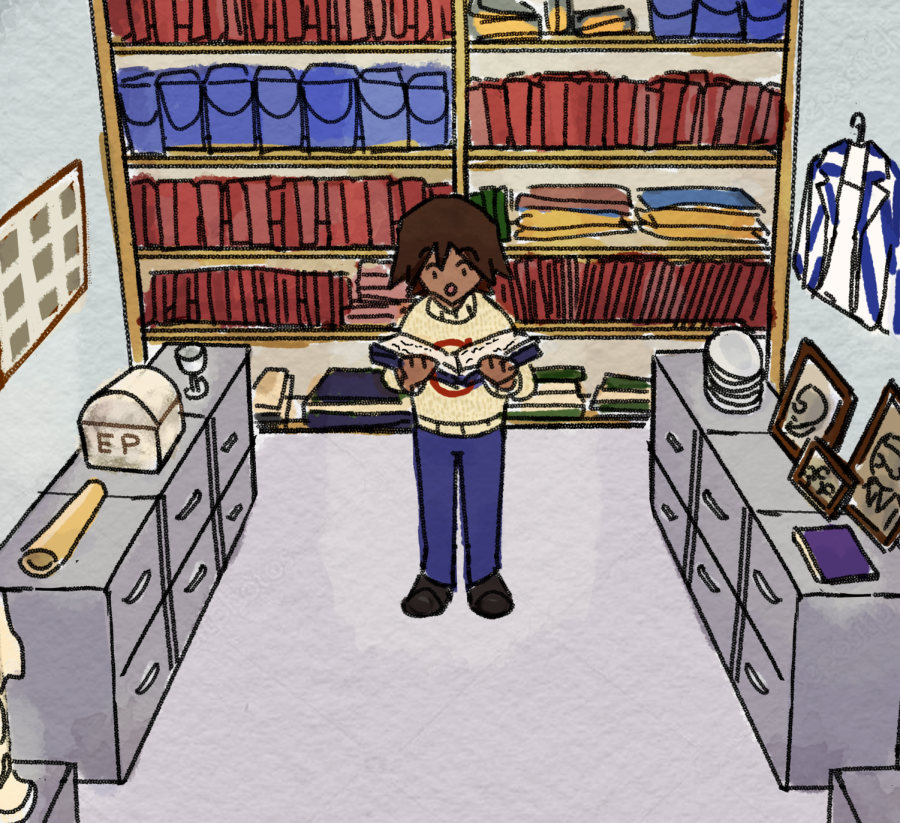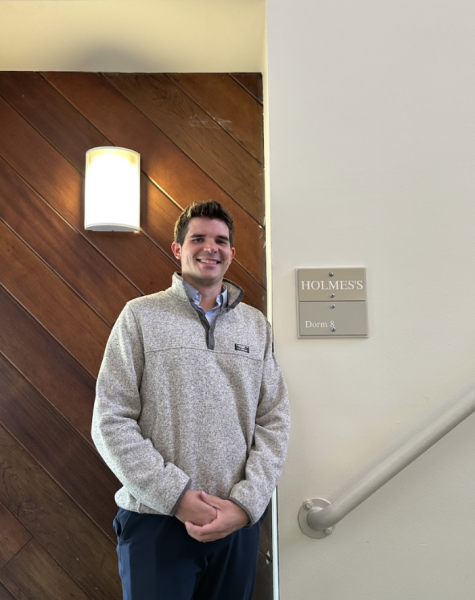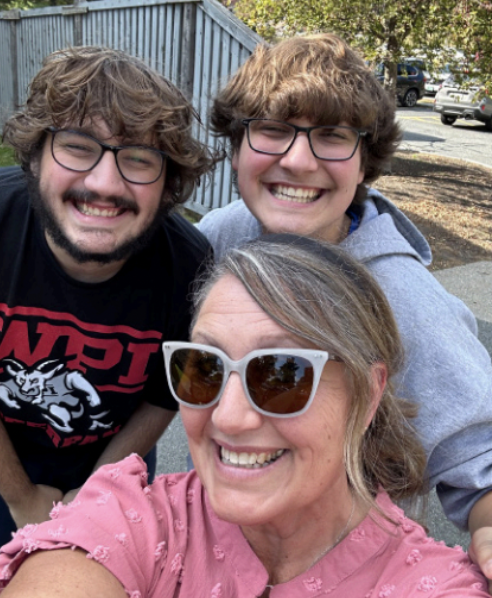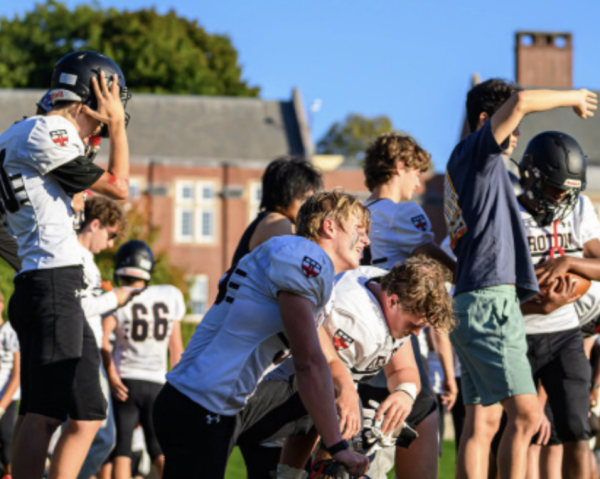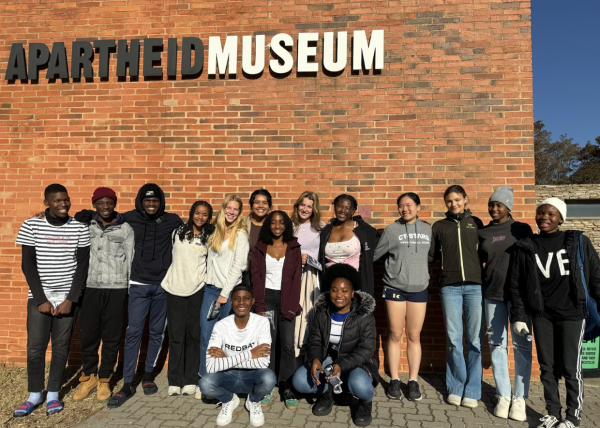Forgotten Stories and Lost Traditions: the Groton School Archives
In a small, locked room below Hundred House are the Groton School archives, a collection of artifacts dating back over a century. Hundreds of faded blue boxes with historical Groton administrative records line one of the walls. Along another wall are neatly stacked, leather-bound ledgers from before the 20th century. Yellowed maps cover the wooden tables, and a black safe sits snug in a corner. A forgotten history rests in this underground room, waiting to be unearthed.
The archives began when Douglas Brown ’57, a former Groton woodshop teacher, returned to the Circle and started collecting artifacts related to Groton’s history.
“When I was a student, I read the school’s history and heard the stories of faculty who had been there a long time. When I returned in 1970 to teach, my interest in the school continued,” said Mr. Brown. “There really was no storage room for the archives. I asked [former Headmaster] Polk if I could sort things out and keep track of what we had.”
But on the school’s 100th birthday in 1984, the trustees commissioned a new space for the school’s history: the present-day archives room. As the collection grew, more eclectic items also came into the archive’s possessions.
“[We received] the whole of Endicott Peabody’s papers and correspondence – 125 boxes came from Harvard’s Lamont Library where they had been “on deposit” since the early 1950s,” said Mr. Brown.
“We have three cuneiform tablets from Mesopotamia as well,” said Mark Melchior, the school librarian who assists Mr. Brown with the archives. “There is also a famous series of Edward Curtis’ photographs of indigenous North American tribes that was donated by JP Morgan in the early 1900s.”
The archives also offer insight into what everyday life at Groton was like in the past. From student newspapers to old textbooks, the archives hold valuable information about daily proceedings from Groton’s history.
“There is a full collection of Third Form Weekly issues,” said Mr. Melchior, referring to a former student newspaper that documented weekly life. “We also have many letters that the early headmasters have sent during their times as head of school.”
These objects capture simple snapshots from Groton School’s history. Forgotten traditions are also memorialized through items hanging on the walls, like the plaque for an annual all-school debate tournament or formal suits for interscholastic sports ceremonies.
While the archives may seem like an obscure, hidden feature of the school, the collection actually serves many meaningful purposes.
“First and foremost, the archives preserve an internal awareness of the school’s history,” says Mr. Melchior. “At the same time, it can be a teaching tool for students in helping them think historically about something that implicates their personal history… These records also are able to be used to think about aspects of a broader history outside the Circle.”
Today, the archives continue to be managed by Mr. Brown ’57 with the help of Mr. Melchior, but a permanent archivist position will likely open up in the future. However, given our school’s expanding history, Mr. Melchior asks an important question: “What kind of artifacts should we be preserving from today that reflect the lives that students are living here on campus?”
Editor-in-Chief


